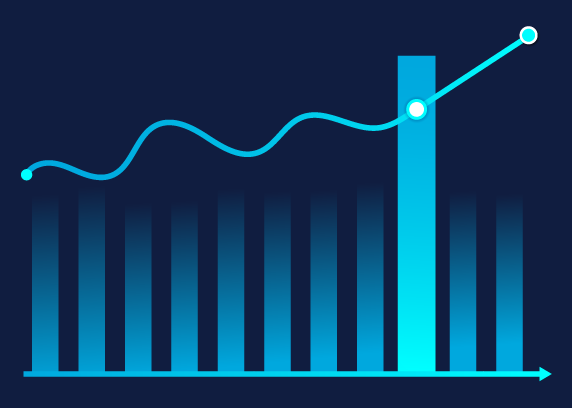Inflation measured by consumer price index (CPI) is defined as the change in the prices of a basket of goods and services that are typically purchased by specific groups of households. Inflation is measured in terms of the annual growth rate and in index, 2015 base year with a breakdown for food, energy and total excluding food and energy. Inflation measures the erosion of living standards. A consumer price index is estimated as a series of summary measures of the period-to-period proportional change in the prices of a fixed set of consumer goods and services of constant quantity and characteristics, acquired, used or paid for by the reference population. Each summary measure is constructed as a weighted average of a large number of elementary aggregate indices. Each of the elementary aggregate indices is estimated using a sample of prices for a defined set of goods and services obtained in, or by residents of, a specific region from a given set of outlets or other sources of consumption goods and services.
Inflation (CPI)
Inflation measured by consumer price index (CPI) is defined as the change in the prices of a basket of goods and services that are typically purchased by specific groups of households.
Indicator
Share
Facebook
Twitter
LinkedIn
Related data
-
DashboardEconomic growth always gets a lot of attention but when trying to determine how well people are doing it is also interesting to look at indicators that highlight households’ economic activity.
-
 Statistical release13 November 2024
Statistical release13 November 2024 -
DashboardThe OECD Short-Term Indicators Dashboard, covers G20 countries and selected regional aggregates. It allows users to follow key macro-economic developments using interactive charts and tables.
-
 Statistical release6 November 2024
Statistical release6 November 2024 -
ToolThe OECD has developed a new tool, the OECD Consumer Barometer that exploits and visualises consumer confidence data.